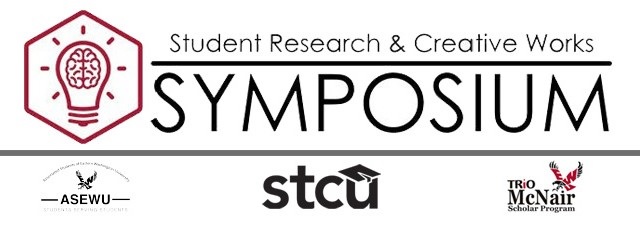Faculty Mentor
Shamima Yasmin
Document Type
Poster
Publication Date
Spring 5-18-2020
Department
Computer Science
Abstract
‘Instancing’ is a technique widely used in 3D programming to draw multiple copies of an object with a single drawing command. The conventional approach of drawing several copies of an object is to send a separate drawing command for each copy. However, instancing facilitates drawing several copies of an object with repeating patterns substantially quicker than conventional approaches. With instancing, an object’s geometry data is stored once for drawing several copies of it. Without instancing, information is stored per copy requiring an additional amount of memory for each additional copy, so, an object’s geometry is read afresh each time it is drawn. Instancing makes better memory usage and faster execution of the program as it knows the geometry of an object before drawing multiple copies of it. Millions, or even billions of objects can be drawn in the blink of an eye because a Graphics Processing Unit (GPU) accelerates computation with its massively parallel architecture. Instancing is popular in film and animation for rendering forests, flower fields, crowd simulations, and more. This research explores different applications of instancing. While drawing multiple copies of the same object, different patterns or characteristics are also incorporated. For example, a tulip festival is generated from a single tulip plant by instantiating an assortment of colors in different rows. A floral park with varied patterns of plants, soldiers in a battlefield in different movements, and more have been explored.
Recommended Citation
Chalich, Zane S. and Yasmin, Shamima, "Exploring ‘Instancing’ and Its Applications in 3D Programming" (2020). 2020 Symposium Posters. 20.
https://dc.ewu.edu/srcw_2020_posters/20
Creative Commons License

This work is licensed under a Creative Commons Attribution-NonCommercial-No Derivative Works 4.0 International License.


